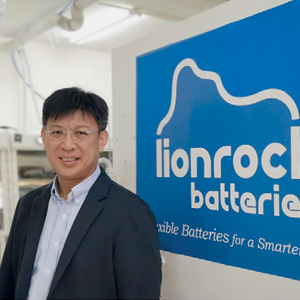THANK YOU FOR SUBSCRIBING

Leveraging Data to Unlock New Business Opportunities
Carlos Sanchez, CIO, SUEZ Water Technologies & Solutions and Ryan Ogilvie, Director of IT – IoT & Services, SUEZ Water Technologies & Solutions


Carlos Sanchez, CIO, SUEZ Water Technologies & Solutions
 Ryan Ogilvie, Director of IT – IoT & Services, SUEZ Water Technologies & Solutions
Ryan Ogilvie, Director of IT – IoT & Services, SUEZ Water Technologies & SolutionsFor one thing, remote monitoring precedes data analytics by years. Few could predict just how valuable data would become. As a result, an inordinate amount of time has been spent cleaning and structuring the backlog of data for analysis.
Remote monitoring and data analytics are enabling a future in which vendors are becoming deeply enmeshed in the operations of their customers; one in which remote monitoring systems generate data for predictive purposes, rather than reactive ones
Weekly Brief
I agree We use cookies on this website to enhance your user experience. By clicking any link on this page you are giving your consent for us to set cookies. More info
Read Also
Artificial Intelligence - Myths And Truths
Sustainable Future through Innovative Technology Solutions
The Future Relies on Augmented AI
Digitalization with the use of digital technologies/Improving business through digital technologies
How Marco's Pizza Leaned On Technology To Succeed Amid The Pandemic By Quickly Pivoting To Contact-Free Delivery And Curbside Carryout
Bunnings Diy Digital Transformation
For a Smarter City: Trust the Data, Ignore the Hype
Smart Community Innovation for the Post Pandemic





















